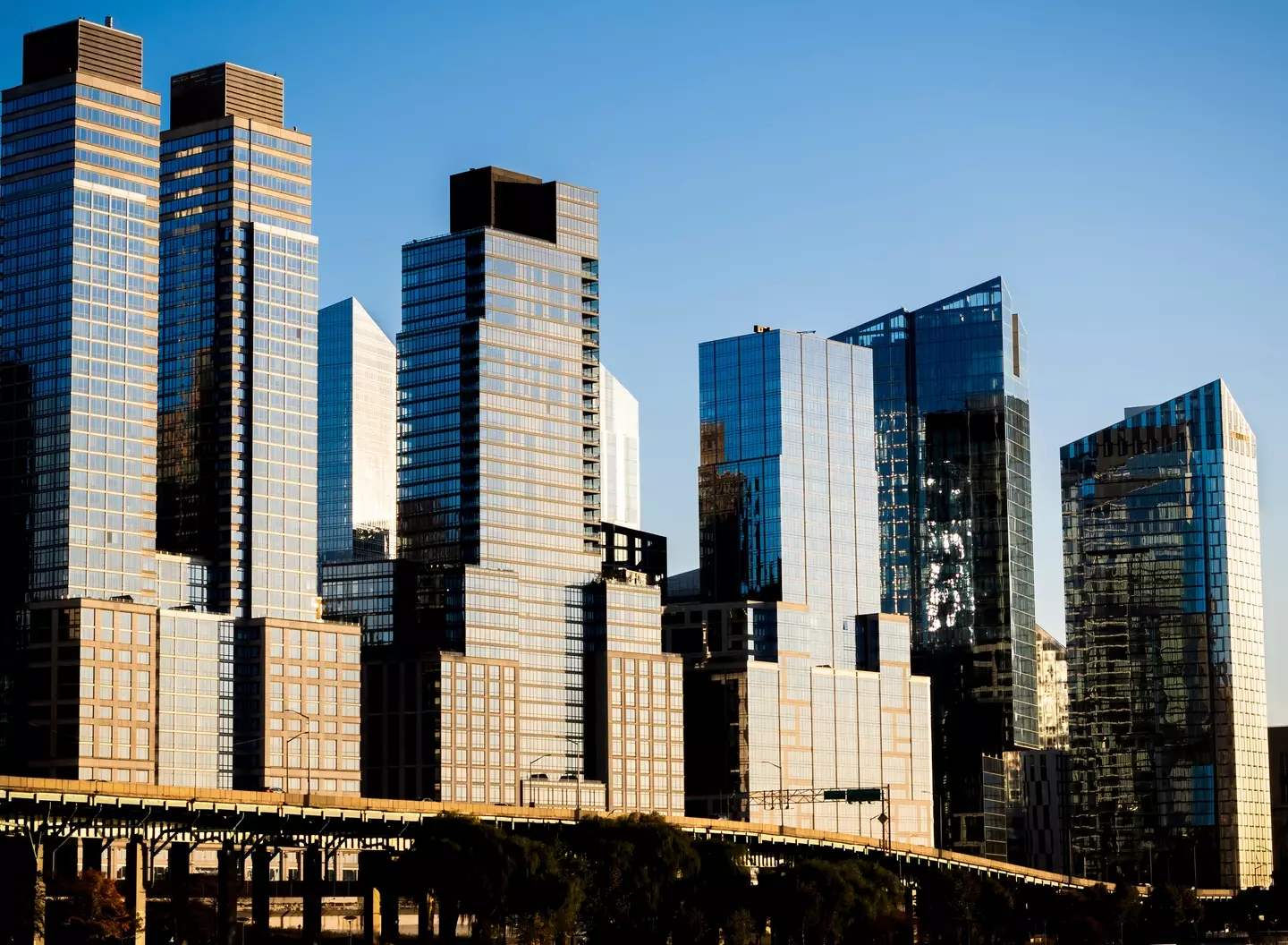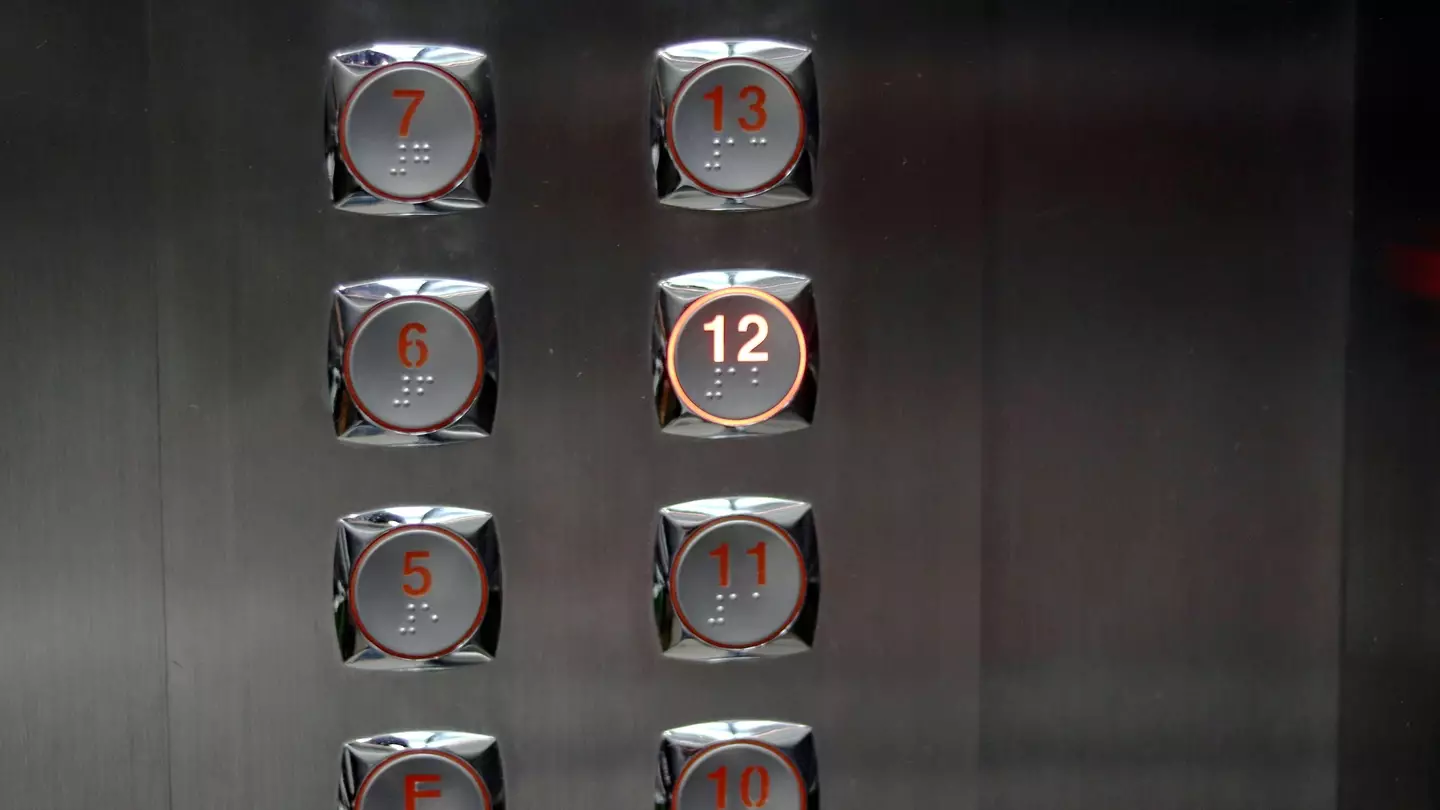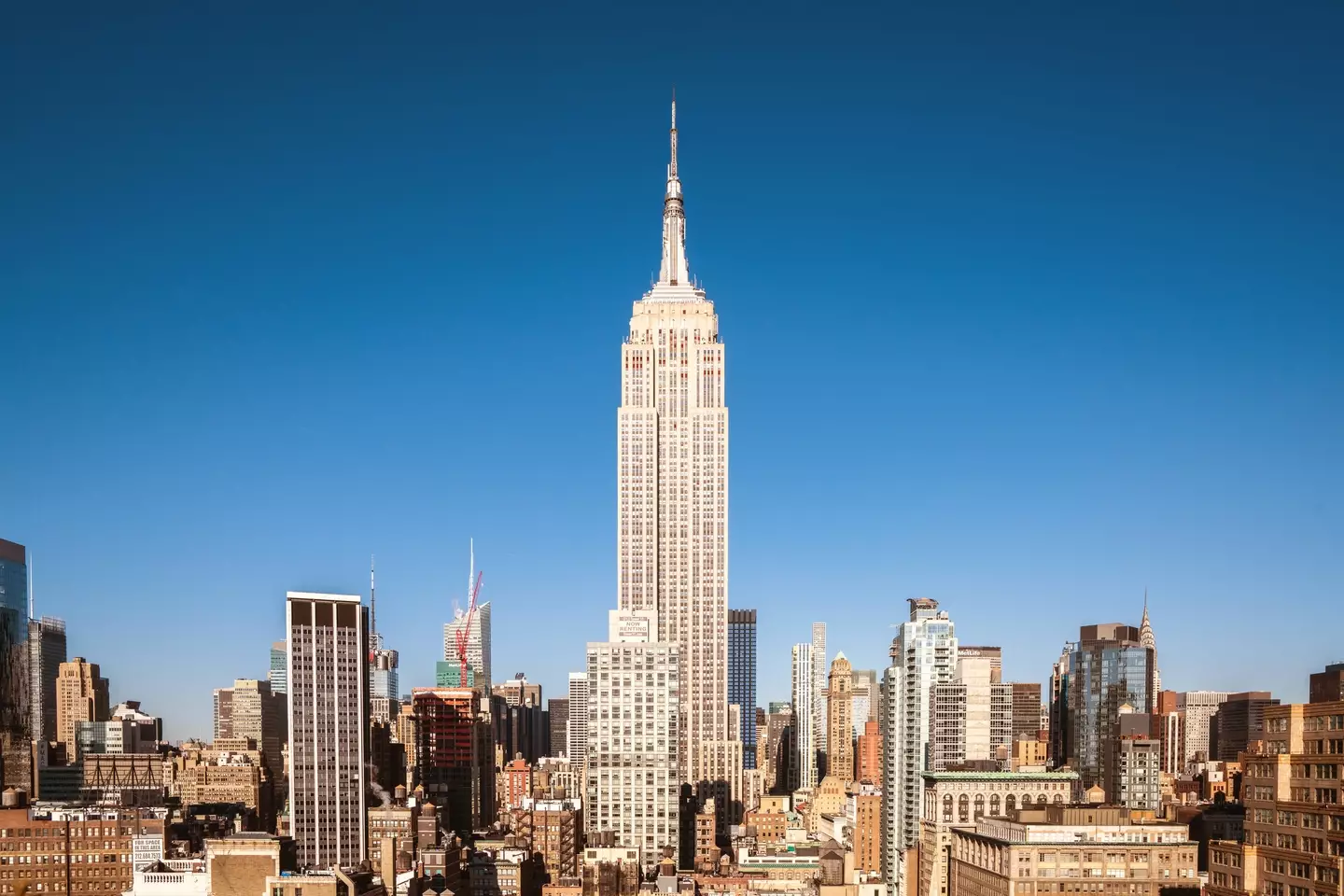If you’ve ever ridden an elevator in a New York City skyscraper, you might have experienced a curious architectural leap. You press the button for the 12th floor, the doors close, and the next number to light up is 14. This is not a mathematical error or a glitch in the system; it is a deliberate design choice rooted in a centuries-old superstition. The 13th floor is the phantom level of the New York skyline, a space that physically exists but is often erased from the official numbering, creating a fascinating quirk in the city’s urban landscape.
The scale of this practice is staggering. A comprehensive study by the real estate platform StreetEasy revealed that over 90 percent of residential buildings in New York City omit the 13th floor. Instead of the dreaded number, you might find the floor labeled as “12A,” “14,” or simply skipped altogether. Elevator manufacturers are in on the tradition; Otis Elevator reports that a full 85 percent of its elevator panels in the city jump directly from 12 to 14. The physical space of the 13th floor is typically used for mechanical storage or building utilities, a hidden realm between the accepted numerals.

The driving force behind this widespread omission is a deep-seated cultural fear known as triskaidekaphobia—the fear of the number 13. The origins of this superstition are murky but persistent. Some trace it back to the Bible, where Judas Iscariot, the betrayer of Jesus, was the 13th guest to sit down at the Last Supper. Others point to Norse mythology, where the trickster god Loki was the 13th guest at a banquet in Valhalla, leading to chaos and death. Regardless of its origin, the association of 13 with bad luck has proven powerful enough to influence modern real estate markets.

For developers and building owners, the decision is purely pragmatic. As architectural historian Andrew Alpern explains, an owner’s primary goal is to rent or sell all available space. If a significant number of potential tenants or buyers feel uneasy about living on a 13th floor, it becomes a financial liability. A 2007 Gallup poll lent credence to this, showing that 13 percent of Americans would indeed feel uneasy staying on that floor. By eliminating the number, builders remove a potential psychological barrier, ensuring that no apartment is at a superstitious disadvantage. What began as one landlord’s clever solution has snowballed into a standard industry practice.

Despite the trend, not every iconic New York building bows to superstition. Landmarks like the Empire State Building and the Flatiron Building proudly include a 13th floor in their numbering, standing firm against the phobia. For most, however, the missing floor is just one of those peculiar New York customs, like green awnings or potted evergreens at an entrance. It serves as a silent testament to the power of belief, proving that even in a city defined by steel and concrete, intangible fears can still shape the physical world, one elevator button at a time.


